![]() December 20, 2023
December 20, 2023
![]() 3169
3169
![]() 0
0
Irrigation, a cornerstone of agriculture, involves the controlled application of water to enhance crop growth. Crucial for regions facing water scarcity, irrigation ensures optimal soil moisture levels, fostering increased agricultural productivity. As a vital component of sustainable farming, it plays a pivotal role in global food security and economic development.
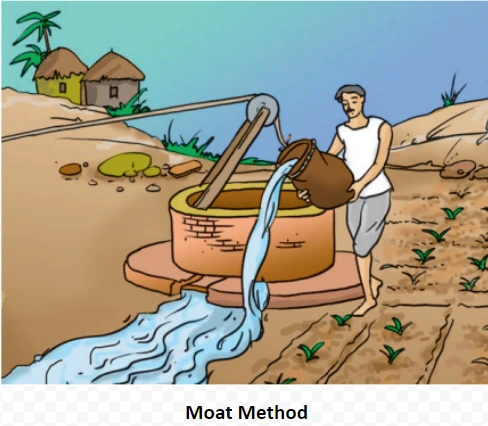
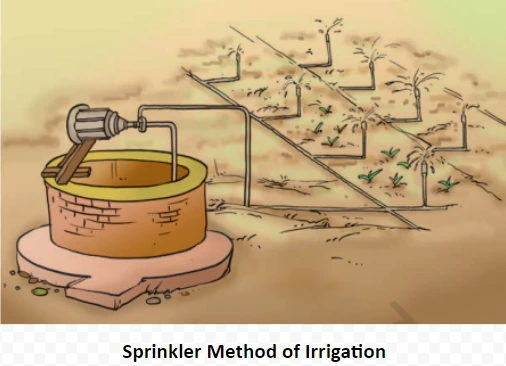
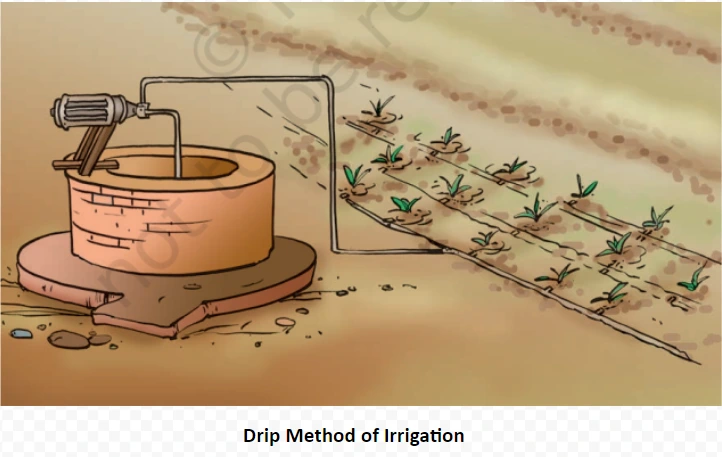
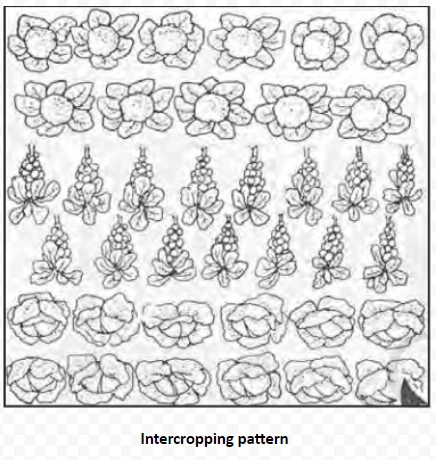
Harvesting Festivals
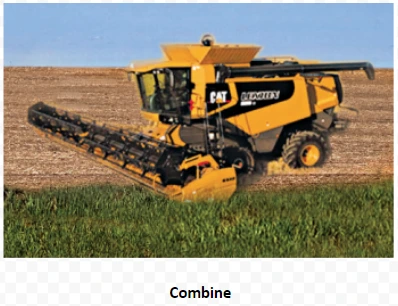
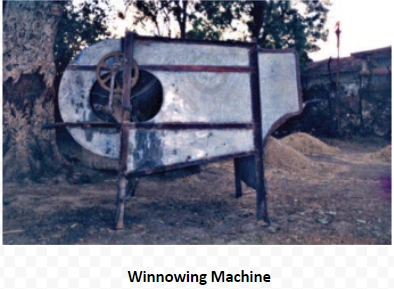
<div class="new-fform">
</div>

Latest Comments